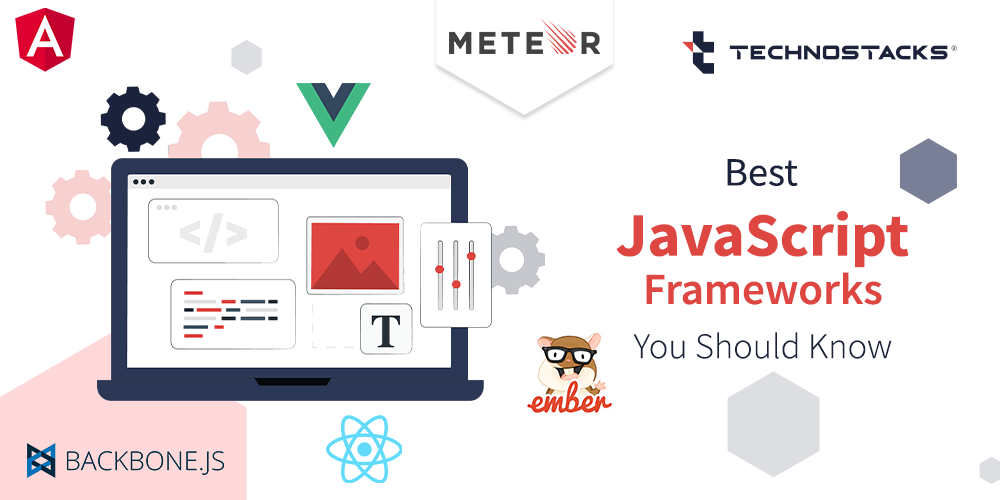Tech Versum: Explore the Future of Technology
Dive into the latest trends and innovations in technology with Tech Versum.
JavaScript Frameworks: Choose Your Adventure
Discover the ultimate guide to JavaScript frameworks! Uncover your perfect fit and elevate your web development game today!
Exploring the Top JavaScript Frameworks: Which One is Right for You?
When it comes to web development, JavaScript frameworks play a pivotal role in creating responsive and dynamic applications. With numerous options available, it can be overwhelming to choose the right one for your project. The most popular frameworks include React, Angular, and Vue.js. Each framework comes with its own set of features, benefits, and use cases. For instance, React is well-known for its component-based architecture and virtual DOM, making it ideal for building user interfaces. On the other hand, Angular offers a comprehensive solution with a built-in testing framework and two-way data binding, perfect for larger applications. Finally, Vue.js provides a gentle learning curve while maintaining flexibility and performance.
Choosing the right JavaScript framework ultimately depends on your specific project requirements and team expertise. Here are a few questions to consider:
- What is the size and scale of your application?
- Does your team have experience with a particular framework?
- What kind of community support and documentation is available?

The Pros and Cons of Popular JavaScript Frameworks
JavaScript frameworks have become essential tools for modern web development, offering developers a variety of advantages that can streamline the creation of dynamic applications. Popular frameworks like React, Vue.js, and Angular provide robust structures that facilitate efficient coding practices. For instance, React is renowned for its component-based architecture, allowing for reusable code and a more organized project structure. Additionally, these frameworks often come with built-in performance optimizations, extensive libraries, and strong community support, making it easier for developers to tackle complex projects and stay up-to-date with the latest trends.
However, choosing a JavaScript framework is not without its drawbacks. A common concern is the steep learning curve associated with some frameworks, particularly Angular, which can be overwhelming for beginners due to its complex structure and concepts like dependency injection. Moreover, frameworks can introduce additional overhead to projects, potentially affecting loading times and performance, especially if not managed correctly. Finally, the decision to adopt a specific framework might lead to vendor lock-in, where it becomes challenging to migrate to another framework or technology in the future as the ecosystem evolves. Understanding both the pros and cons is crucial for developers when selecting the right tool for their projects.
JavaScript Frameworks Q&A: Your Burning Questions Answered
JavaScript frameworks are essential tools that streamline web development, making it easier for developers to create dynamic, high-performing applications. One of the most common questions is, "What are the most popular JavaScript frameworks?" Current favorites among developers include React, known for its component-based architecture; Angular, which offers a comprehensive solution for creating single-page applications; and Vue.js, celebrated for its flexibility and ease of integration. Each framework has its strengths and weaknesses, so choosing the right one can significantly impact your project's success.
Another frequently asked question revolves around the performance of these frameworks: "Which JavaScript framework is the fastest?" While performance can vary based on specific use cases, many developers find that React often provides superior rendering speeds due to its virtual DOM implementation. However, Angular excels in large applications where a robust structure is necessary, while Vue.js strikes a balance between speed and usability. Developers should consider their project requirements and community support when deciding which framework to adopt, ensuring they make an informed choice for effective web development.